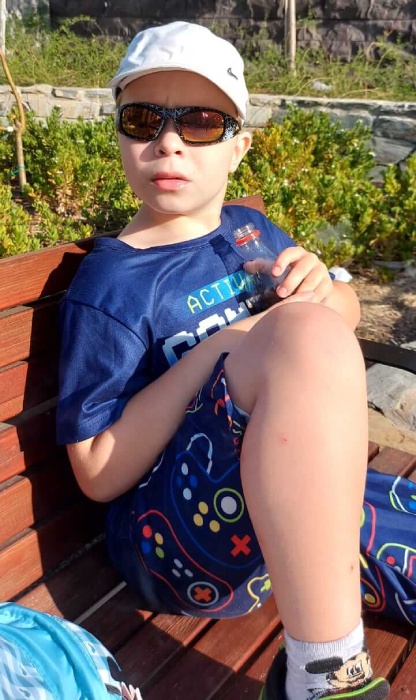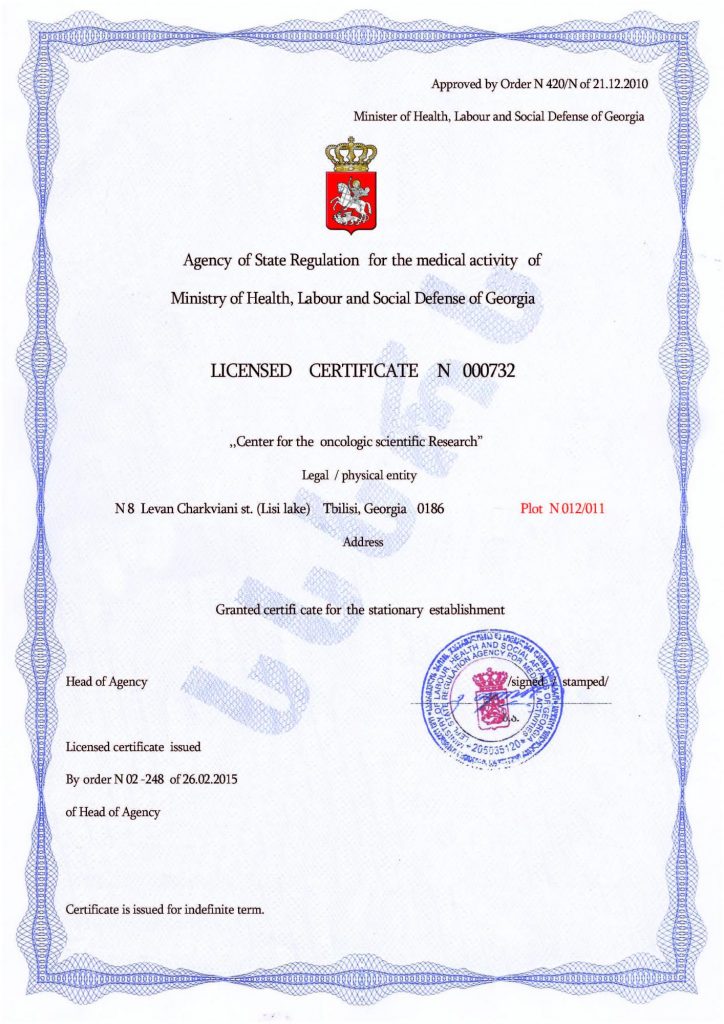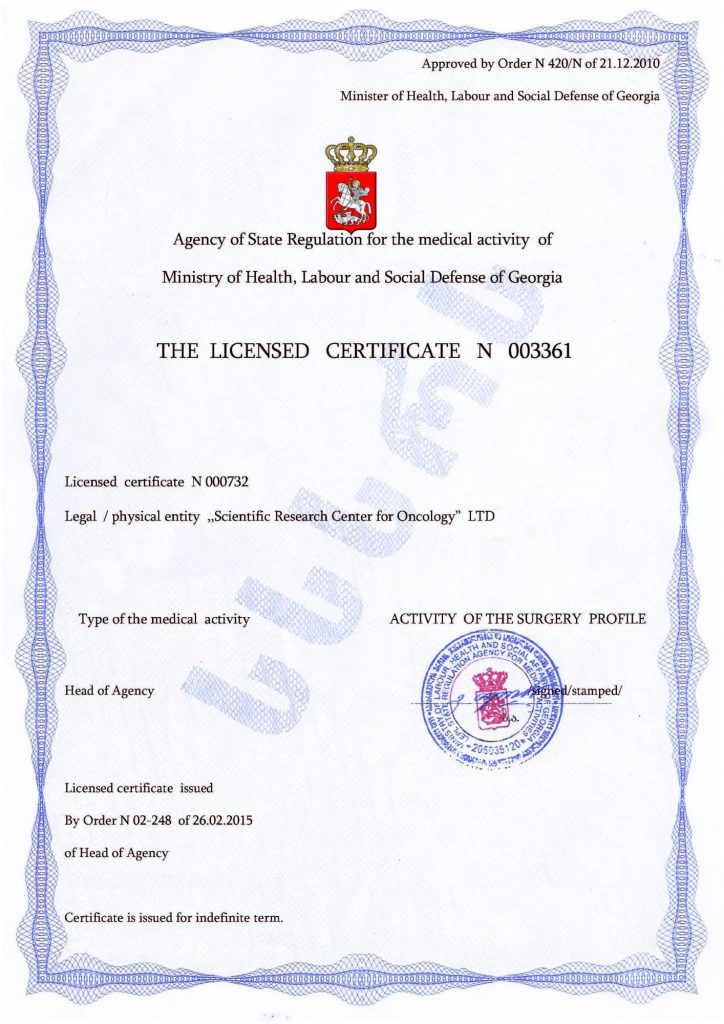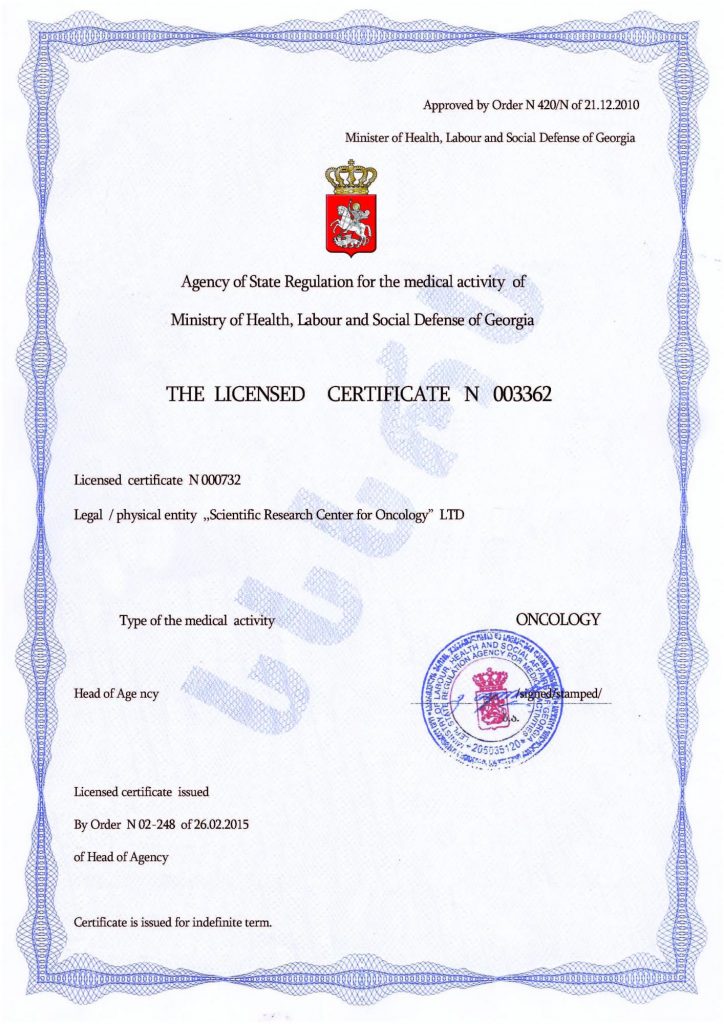Key response training for autism
Programs to help children with ASD are quite diverse — all of them are designed to help a child develop their talents, acquire skills necessary for life, and realize themselves in life.
Pivotal Response Treatment (PRT) is a program that is an offshoot of the popular ABA therapy but with a different specific focus.
This program was developed relatively recently by doctors Robert Koschel and Lynn from the California University of Medicine. Autism PRT training is comprehensive and effective, based on an applied analysis of the behaviour of an autistic child, and is individual-oriented.
The main goals of the program are:
- Development of personal motivation for exploring the world
- Development of reactions to signals coming from others
- Formation of social interaction skills
- Replacement of atypical or inappropriate behaviour with acceptable forms
Features of the training
The PRT basic training program differs from other methods because it is not aimed at correcting specific behaviours but at improving and eliminating developmental deficits.
The training is designed mainly for parents because it is supposed to be used in the natural environment of a child’s life. The familiar systems of communication, learning, and encouragement will allow parents to get the most out of the program and implement it most successfully.
During training of basic reactions for children with autism, the therapist interacts with a child in a playful way and teaches parents how to work further and what forms of reward they can use. For example, if a child correctly answers the question about an object, “What colour?” they may receive a reward in the form of an object of the same colour — a blue marker for drawing, a candy, a toy, etc.
Social interaction training can be successfully used as a therapeutic program for preschool and school age children.
Scientific and practical basis of the method
This program has been supervised and researched for about 30 years. The doctors who invented the method, as well as their graduate students and followers, have published more than 200 articles in well-known journals with their observations and results. The National Research Council has designated this method as one of the model programs for the correction of autism. Despite this acclaim, the method is not curative and does not change the cause of the disease.
The Mardaleishvili Medical Centre is one of the few clinics where specialists are ready to help your child more effectively cope with the disorder and become “like everyone else”.
Stem cell transplantation for the treatment of childhood autism is a long-term treatment, and there are many officially recognized examples as evidence of its effectiveness.
Strengths of cellular treatment of children’s autism spectrum disorder:
- Restoration of the correct structure of the brain, as with surgical intervention. No conservative method is capable of this.
- Powerful healing effect on the entire body, enhancing the effects of many other therapeutic programs.
- Safety and simplicity: the method is applicable to almost all children, and does not cause side effects. It is the most natural method of treatment.
Learn more about the advantages of stem cell correction for childhood autism — get a personal consultation from the centre’s staff!
Autism Treatment Center Videos
Autism treatment with own stem cells
Cord blood association congress
International Quality Crown
Autism Treatment Reviews
Autism treatment with own stem cells
The story of Alessandro (6 years old)
Autism Patient Testimonial - Stem Cell Treatment
Clients Testimonials

Anna – Sasha’s mother Read More
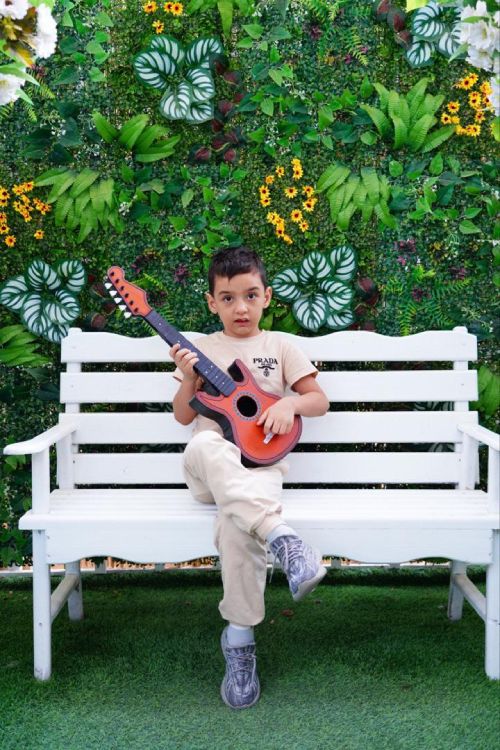
Amirkhon’s father — Tokhir Read More
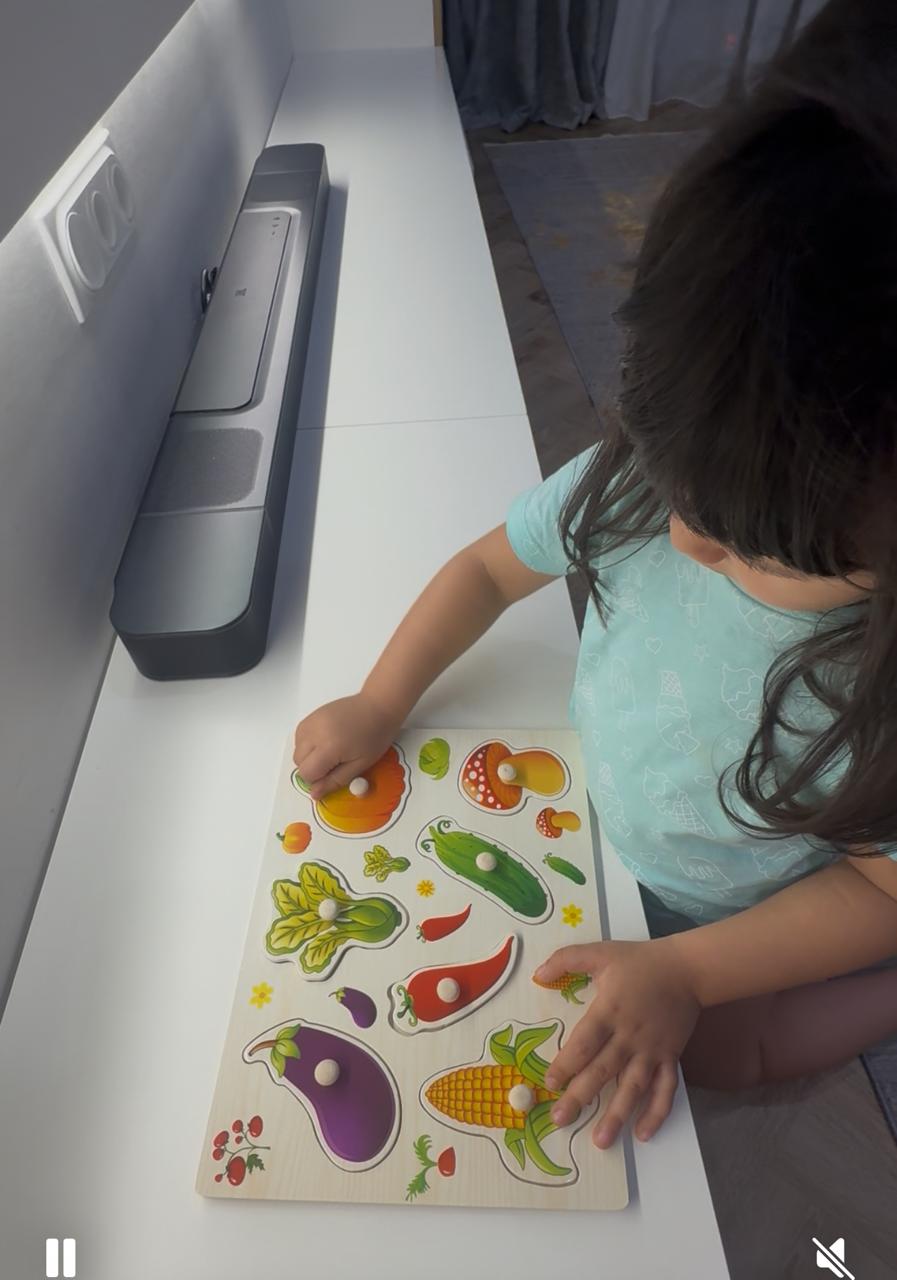
Dilana’s mother Read More
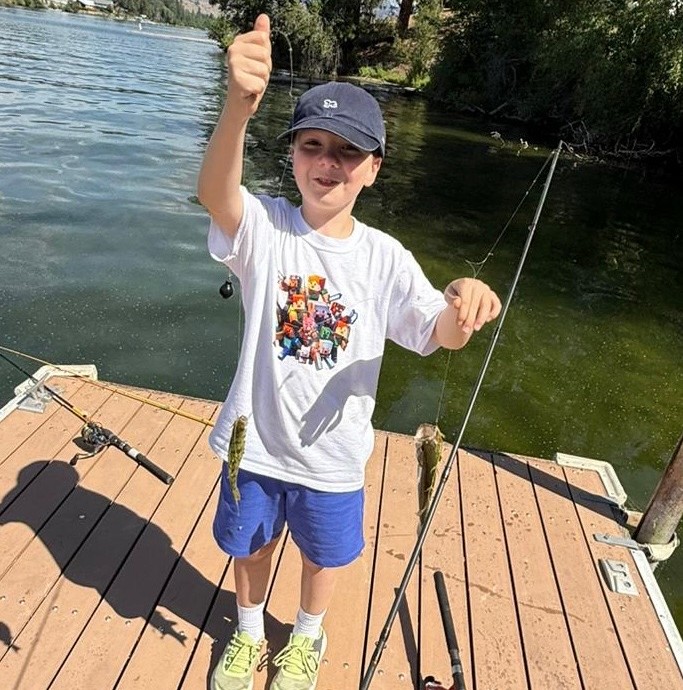
Irina and Stefan – Ilya’s parents Read More
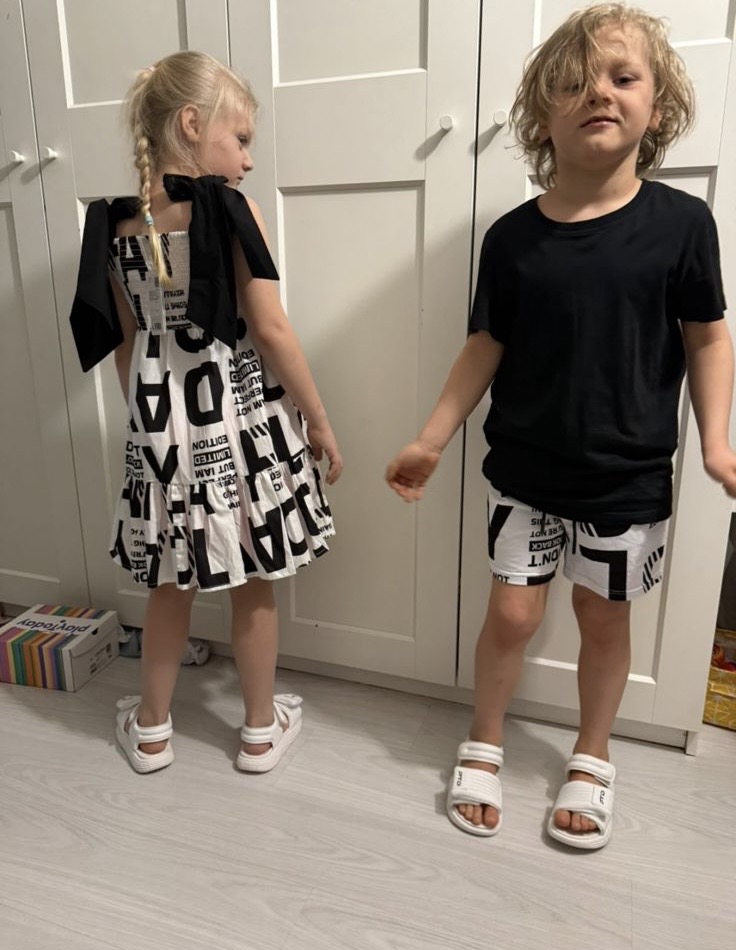
Kristina – mother of Nelly and Nik Read More
